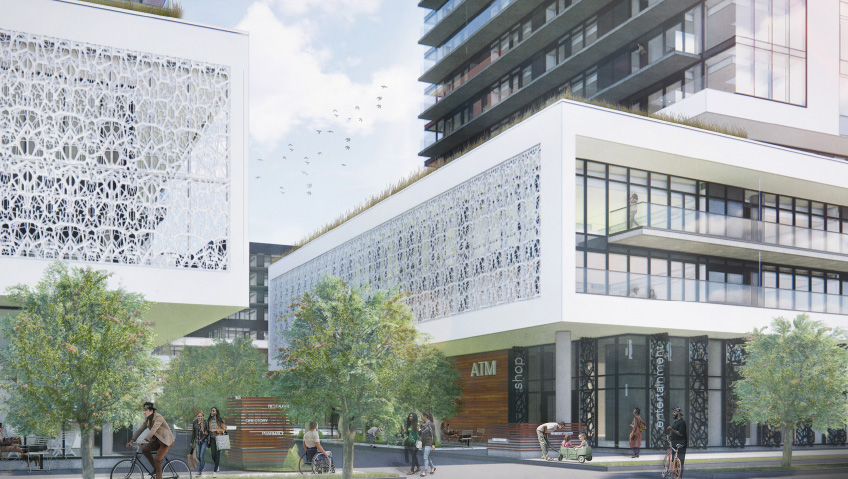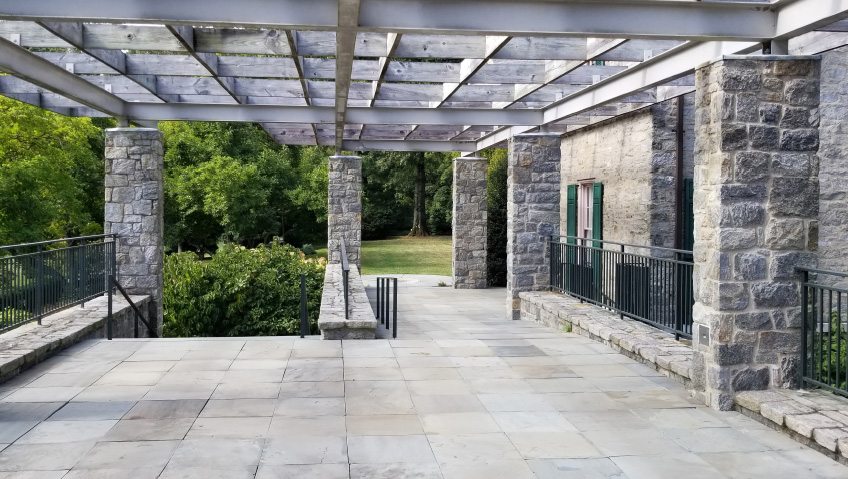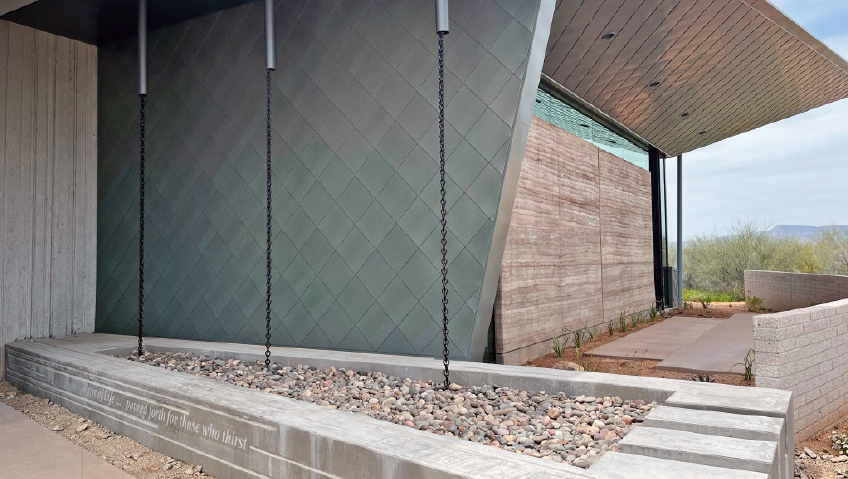Architecture, interior design, and planning firm FBM of Halifax, Nova Scotia has been operating for over a century, and according to Design Director Susan Fitzgerald, it has always had people who are interested in shaping the city of Halifax and in creating appealing spaces.
The company is best known for local projects like the Halifax Central Library, which Planning Lead Kieron Hunt describes as the project that redefined the landscape for what community engagement and design could be for the city and became a springboard for the company’s successes in turn.
The firm also gained attention through projects like the Richmond Yards mixed-use development, one of the largest of its kind in Atlantic Canada. Fitzgerald adds that the company continues to complete many projects—including schools and health care facilities, and key buildings in various communities—that have significant social value.
In the last two decades, company growth has catapulted the firm to recognition both in Atlantic Canada and around the world. Hunt describes FBM as always thinking ahead, as the company sets the stage of a project so that designers can be free to design what and when they need to, with all pre-development market feasibility and approvals taken care of. The firm also occupies a unique niche with respect to its use of market analysis to bring together community voices, so architects and interior designers can be informed of the project’s touch points with the broader community as it relates to supply and demand forces.
FBM works across Atlantic Canada with architecture and interior design as core services. Its planning wing works across North America, the larger reach allowing the team to gain more exposure to industry trends and best practices. FBM also works with architecture firms around the world and has learned that the process is far more beneficial and seamless when planning and market analysis is involved from the beginning—and it looks to claim this space.
FBM is most interested in answering the question, ‘How does a space become a place?’ Even down to elements like the appearance of a site, its sounds, and its smell, a building can resonate with people in myriad ways and stick in someone’s memory for a very long time. This means that the surrounding environments are integral to the work FBM does, from planning to design.
With projects like Hope Blooms—a Halifax-based youth non-profit—or planter benches on Gottingen Street, elements of mental health awareness, environmental stewardship, and Indigenous reconciliation come into play when designing safe places and communities that have value for all users.
“We realize the connection to the environment that our buildings have,” Hunt explains, and FBM is also aware of the effect that has had on Nova Scotia’s Main Streets. The company takes great pride in how it shapes the urban environment and wants to remain sensitive to it. “The spaces between and around buildings are as important as the building themselves,” he adds.
The company follows a credo of people-driven design, an approach based on listening to different points of view. When designing a building like a school or educational institute, the firm will listen to what the target audience wants but will also seek out different perspectives from a broad array of groups. Fitzgerald explains that the social value of a building is heavily considered during this design process, meaning whether a building is economically and/or environmentally sustainable.
Over the past decade, the nature and role of public engagement and consultation in design and planning have changed considerably. As a result, the input that people and organizations can give has magnified and has become essential to community engagement and outreach programs.
“Everything that we design must be reflective and supportive of a community’s values [and] allow for creativity and consultation,” Hunt adds. People-driven design captures how FBM works: simultaneously internally and externally with other groups, to create a successful project. The firm’s work with the Saint John City Market Strategic Plan involved a great many voices working with a historic property and is an example of how diverse voices from the community ultimately led to a stronger final product.
FBM’s involvement in its local community goes beyond the physical projects. Susan Fitzgerald is an associate professor at Dalhousie University’s School of Architecture and is involved in research that aims to benefit the company and its industry. This includes coming to a greater understanding of what learning spaces, health care centers, and spaces for wellness and dwelling mean in a community. Fitzgerald and the firm are engaging in various research projects alongside clients to develop buildings, and this is key to its operations.
There is also ongoing research in Atlantic Canada looking into mass timber construction, a newer form of building design that is seeing increased interest from clients but little initiative to begin. To help spur it forward, the company is dipping its toe into mass timber and is building its new Halifax office as a mass timber project, which Fitzgerald affirms is going very well. The project is developing interest thanks to ongoing studies by FBM and Atlantic WoodWORKS!, a local non-profit looking to expand the use of regionally produced wood products. The non-profit is looking to measure the embodied carbon of the projects to understand how mass timber construction stacks up against concrete or steel.
The crew at FBM is excited about the move to the new office and is pleased for the new location in Halifax’s North End, where it can be a part of a community with which it has worked in the past.
There are many exciting opportunities afoot in the building and design spaces, but Hunt admits that there are economic challenges across North America. However, projects are continuing in the face of this, especially as Atlantic Canada’s population continues to grow. He sees a lot of provincial support for health care and a big drive toward increasing the number of health care facilities and beds, so the company will remain active in that sector. On a residential level, the team is looking to provide both affordable and market housing and to develop housing opportunities throughout the region, which is an ongoing challenge. Fitzgerald notes that Nova Scotia is being looked at more as a destination, so there is a possibility that more projects along the coast or close to historic sites will be of increasing importance in future.
The company is also currently scheduled to be a part of the 18th International Architecture Exhibition in Venice—also known as the Venice Biennale—alongside Architects Against Housing Alienation, a Canadian group looking at different strategies for housing people well and for the long term. This contingent will be further supported by Nova Scotian activist Eric Johnson, Coordinator for the Halifax-based homeless assistance program Navigator Street Outreach.
Hunt adds that the firm, in partnership with the Nova Scotia Federation of Municipalities, planned the inaugural Nova Scotia Main Streets Ideas Exchange, which is a conference to bring communities and organizations from across Atlantic Canada together to share ideas and rediscover the value of smaller main streets in communities.
“Bringing together groups is consistent with our people-driven design,” Hunt affirms, and both the company’s 2023 calendar and its goals are indicative that this idea will be at the front of the firm’s mind for a long time to come.






